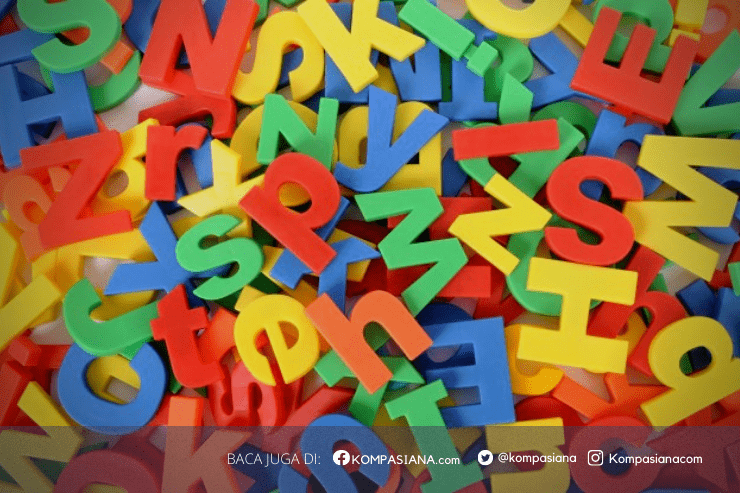There are three main types of purpose questions: why a particular phrase or sentence is included, why a paragraph is included, and how two paragraphs relate to one another. To answer these questions, begin by scanning for the highlighted phrase or sentence.
Then, read the surrounding sentences to grasp the context, especially noting transitions like "for this reason" or "however" that might signal the author's intent. If necessary, eliminate clearly wrong choices. Next, infer the author's purpose based on the context and select the answer that most closely aligns with your inference.
If the question asks about a paragraph's purpose, identify the main idea by reading the introductory and concluding sentences. Skim the rest of the paragraph for confirmation. Check the preceding and following paragraphs, as well as the thesis statement, to clarify connections.
When dealing with questions about relationships between paragraphs, compare their main ideas, often found in the first and last sentences. Consider how one paragraph transitions into the next, then infer the connection. Common terms used in answer choices for purpose questions include words like "explain," "illustrate," "demonstrate," "argue," "support," "suggest," "contrast," and "summarize."
Incorrect answers will often contradict the passage, misrepresent the context, or repeat words without matching the correct meaning. In sum, understanding the author's intent and how different parts of the passage fit together is crucial for answering purpose questions accurately.
Prose Summary Questions
Prose Summary questions test your ability to identify the main points of a passage and differentiate them from less significant details. These questions provide a summary sentence and six possible answers, from which you must choose the three that best represent the major ideas discussed in the passage. Major ideas typically hold substantial weight in the text, often forming the main point of a paragraph or even spanning multiple paragraphs.
Sometimes, they encapsulate the core theme of the entire passage. Incorrect answers are usually minor details, untrue information, or points not mentioned in the text. To answer Prose Summary questions effectively, begin by reading the given summary sentence carefully, ensuring that all your choices relate directly to it.
Next, skim the passage by focusing on the introduction and the opening sentences of each paragraph to identify the key ideas. Taking brief notes on the thesis statement and main ideas of each paragraph will help distinguish the major points from minor ones.
When reading the answer options, check whether they are restatements of a major idea or if they represent a minor detail, something untrue, or something not mentioned. Eliminate incorrect options that reflect minor details or irrelevant points.
After you've selected the three main ideas, double-check to confirm that they represent the passage's primary themes. Prose Summary questions usually appear at the end of a reading set, meaning you should already be familiar with the entire passage by the time you reach them. These questions require the ability to distinguish between the passage's main ideas, which support the broader argument or theme, and its supporting details, which are less critical.







